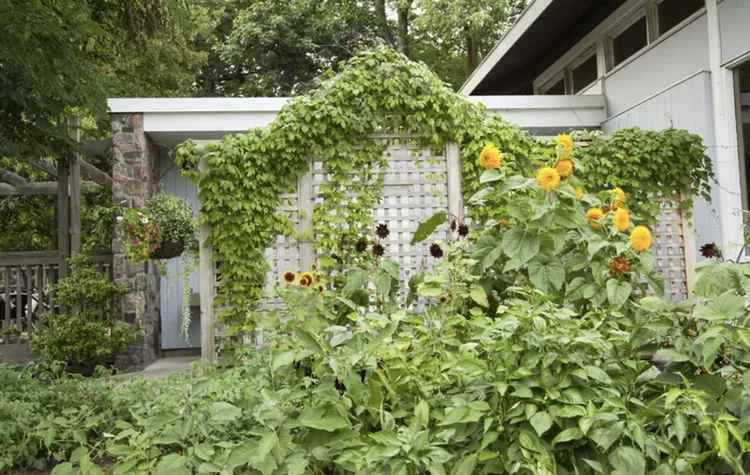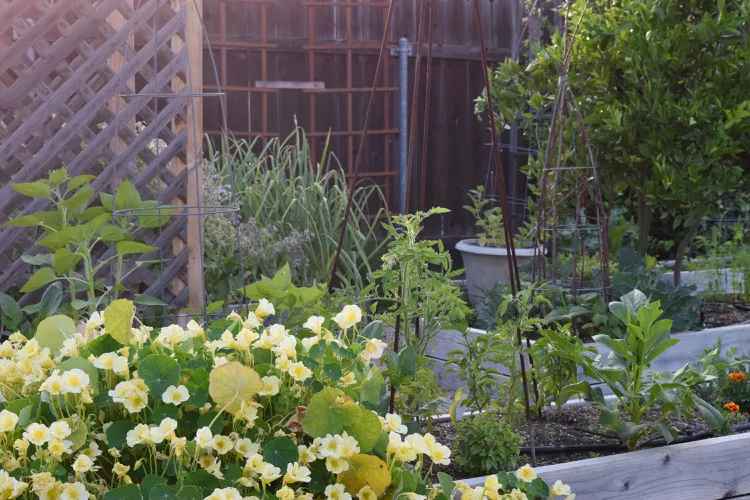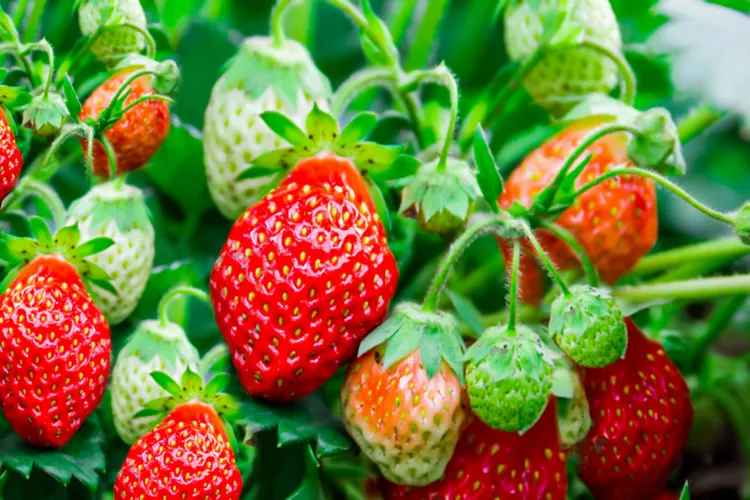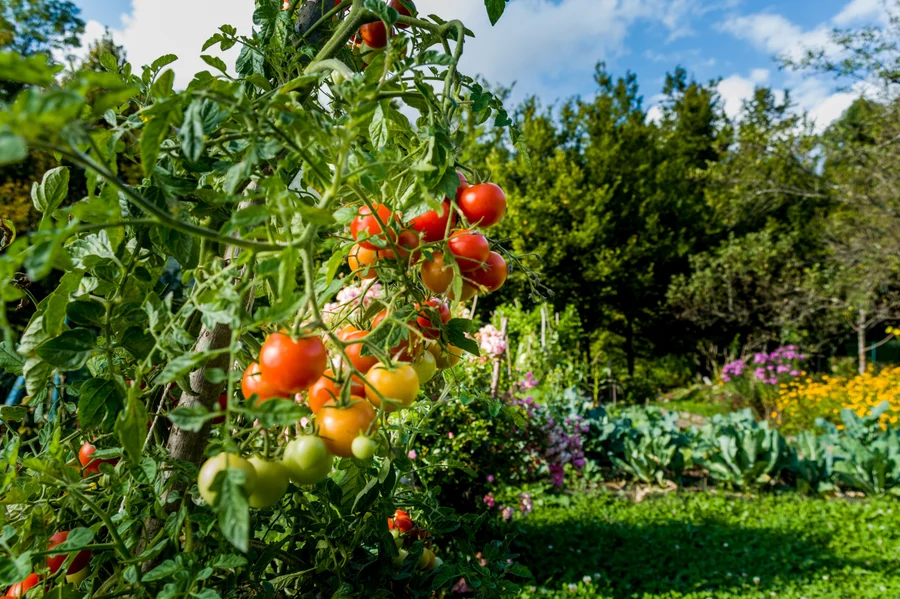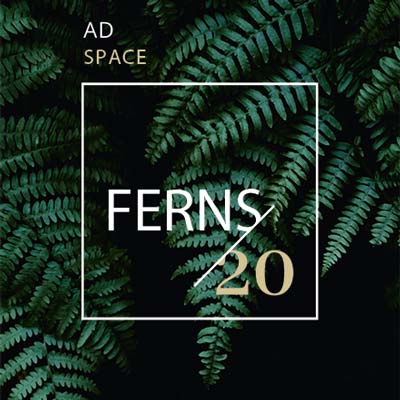The difference between soil and dirt may seem pedantic. It’s a dirty little secret that farmers and gardeners have successfully grown plants for centuries in soil they incorrectly called “dirt.” The terminology may have been wrong, but the final product was right. To learn, however, it is helpful to make such distinctions.
Learn about the differences in soil, dirt and other media that are used to grow plants (and which one is better for certain situations).
What is the difference between soil and dirt?
Dirt and soil do not have the same meaning, but they certainly share some similarities. To remember that soil is different from dirt, but also related to it, think of it as dirt with extras in it. It is impossible to have soil without soil, but when soil loses its “extras”, it becomes dirt.
What are the components of dirt?
Dirt is composed primarily of three types: clay, silt, and sand.
These terms are often used to describe soil types. It’s not just the sand that makes a soil “sandy”. The other particles may also be present.
All three are nice. The dirt that they create is not enough to grow plants.
What are the components of soil?
What is added to the dirt in a soil to make it suitable for plants to grow? It is life. They may be great for nutrition, but they are devoid of life. We can also say that the plants are unable to access this nutrition when it is in its raw state. It must be unlocked. Living creatures (mostly microorganisms in soil) unlock minerals to make them available to plants.
Soil is composed of organic matter and dirt (clay sand silt).
Tip
Dirt and soil are not the same. Dirt, for example, is unable to hold enough water for the roots of plants. Dirt is likely to act as a sieve, allowing water to flow through. The roots of the plants would not have a chance to absorb any water, whereas in a soil that is loamy, water is retained long enough to allow roots to properly access it.
Soil, Potting Mix, and Soil
Beginners can also make a distinction between products that are used as planting mediums and those with “potting” in the name. Beginners may find this topic confusing because the green industry uses terms that should not be used interchangeably.
Both potting soil and potting mixture are different from “soil.” They are different, but they’re also different.
Potting Soil
Retailers would be better off calling potting soil garden soil, because it is more suitable for large raised beds and in-ground gardening than for potting up plants. The purpose of potting soil is to mimic the natural soil as closely as possible. This is a good natural soil substitute for people who don’t have healthy soil or need soil quickly for a gardening project. Like regular soils, potting dirt is composed of dirt and organic material (often compost).
Potting Mix
By contrast, potting mix does not contain dirt or soil. People often refer to it as “soilless potting mix” in order to emphasize the point and avoid confusion. The typical ingredients of a potting mix are:
Coir is an organic material
Perlite and vermiculite are components that offer drainage benefits (in addition to other benefits).
Slow-release fertilizer
It is slightly fluffier and ideal for growing plants in containers such as whiskey barrels or potting up individual plants. It is great for seedlings as it is relatively sterile in comparison to soil.
The Best Potting Soils
The FAQ
Why is soil different from dirt?
Dirt is a part of soil, not the whole. It contains dirt, but also other components that allow plants to flourish.
Can plants grow on dirt?
Plants can’t grow in dirt. Healthy soil is necessary for plants to thrive. The soil must be healthy for plants to flourish.
Can you mix dirt and potting soil together?
It is not necessary to mix dirt with potting soil. It’s not worth it. Dirt is largely useless other than to fill up space. If you are running out of potting dirt while building a bed for plants and feel tempted to use a “filler,” either buy more soil or reduce the size of the bed instead.
